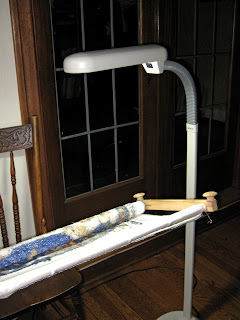Camellia sasanqua "Setsugekka"
The Camellia sasanqua is also known as the Christmas camellia. Indeed, there is a wonderful red variety called "yuletide". Ours is "Setsugekka", her flowers perfect, white, ruffly beauties with crowns of yellow stamens. And it begins to bloom, blessing that it is, in October and carries on into the new year. Ours grows outside the window of Tim's studio, and I have been admiring it today.
Camellia sasanqua, as the varietal name of ours suggests, is a native of the coastal forests of southern Japan. Its leaves are used to make tea - I do not know how it compares with the true tea camellia, Camilla sinensis. Perhaps I should try to steep some of the leaves. This and other camellias also yield an oil from their nuts, tea seed oil (not to be confused with tea tree oil.) It has a high smoking point and is used as a cooking oil in Japan and China. It is used for frying tempura and for setting the hair of sumo wrestlers. Is it possible to know too much? Now will I think of elephantine wrestlers when I look at the white pure blossoms?


























